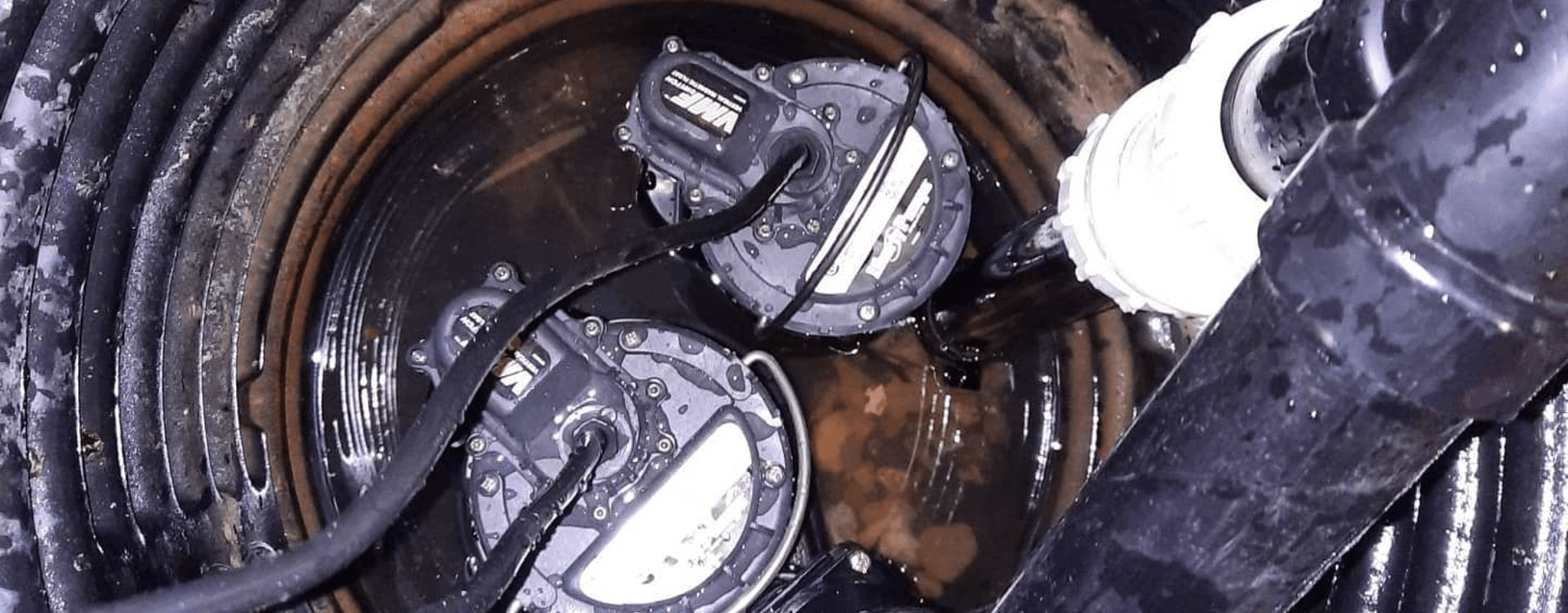Main Drain Backups: Tips and Tricks from Experts
Dealing with main drain backups is a nightmare for many homeowners. A clogged main drain can lead to significant water damage, unsanitary conditions, and a massive headache. Luckily, with the right knowledge and...
READ ARTICLEWhat Is Biomat Buildup? A Hidden Septic Issue Homeowners Need to Know
When homeowners notice slow drains, unusual smells, or soggy patches in the yard, the first thought is usually a clogged pipe or a full septic tank. But sometimes, the real issue is lurking...
READ ARTICLEInstalling a Hot Tub or Pool with a Septic Tank: What You Need to Know
Thinking about installing a hot tub or pool with a septic tank on your property? It’s a great way to upgrade your backyard, but before you break ground, it’s important to plan carefully....
READ ARTICLEHow to Fix a Septic Drainfield: Signs, Causes, and Solutions
A failed septic drain field can be a homeowner’s nightmare, leading to unpleasant odours, pooling water, and potential health risks. Knowing how to fix a septic drainfield is essential to keeping your septic...
READ ARTICLEHow to Find your Septic Tank and Weeping Bed
If you live on a property with a septic system, knowing how to find your septic tank and weeping bed can save you a lot of time and money. Whether you're planning a...
READ ARTICLECommon Septic System Issues and How to Fix Them
Your septic system might be out of sight, but it plays a big role in keeping your home running smoothly. While it’s built to last, things can go wrong, especially if routine maintenance...
READ ARTICLEWhy Spring is The Perfect Time for a Septic System Inspection
Spring’s in full swing, the days are getting longer, and summer’s just around the corner. It’s that time of year when many homeowners and cottage owners are catching up on maintenance and getting...
READ ARTICLEPost-Holiday Cleanup: How to Tackle Clogged Drains Effectively
The holiday season brings joy, gatherings, and, unfortunately, the aftermath of clogged drains. From kitchen sinks filled with cooking oils and food scraps to bathroom drains clogged with hair and soap scum, the...
READ ARTICLECottage Closing Tips: Septic Inspections for a Hassle-Free Winter Break
As the leaves begin to change and the air turns crisp, many cottage owners are getting ready to close up their beloved vacation homes for the winter. Ensuring a hassle-free winter break starts...
READ ARTICLEIs Your Main Drain Starting to Fail? How to Recognize the Warning Signs
Your home's main drain plays a pivotal role in safeguarding a seamless plumbing system. When functioning optimally, it often goes unnoticed. However, a deteriorating main drain can lead to substantial issues like drain...
READ ARTICLE


